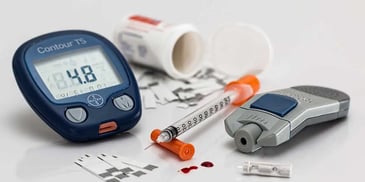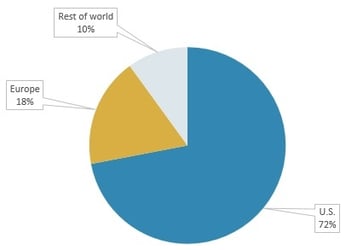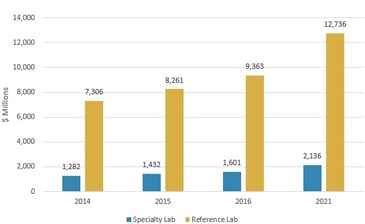

Researchers and healthcare professionals worldwide are exploring avenues in

Conditions such as immunodeficiency and bleeding disorders are powerful growth

The use of disposable medical sensors is continuously increasing, fueling a

Biologic imaging reagents play a fundamental role in today’s medical,

Liquid biopsy is rapidly gaining traction as a supplement or alternative to

The answer: An augmented reality.

Liquid biopsies have been likened to a Holy Grail of cancer treatment. By means

The steadily increasing demand for substance abuse test equipment forms a

The global market for pain management is poised to expand by more than $15

The market for laboratory-developed tests (LDTs) is evolving as the result of a

Our members get more out of BCC Research. Understand the exact value that our flexible memberships provide, including unlimited report access from the collections of your choice and direct input into our selected research topics.

Work side-by-side with our global network of industry analysts and consultants to drive tangible, personalized results for your business. Expect detailed, comprehensive coverage tailored to your exact needs. Contact a member of our team today.

We pride ourselves on the quality of our market research reports. Our experienced team of analysts strive to continuously explore the latest technologies and developments emerging across all key categories covered at BCC Research. Browse our range of research reports today.

We are your trusted research partner, providing actionable insights and custom consulting across life sciences, advanced materials, and technology. Allow BCC Research to nurture your smartest business decisions today, tomorrow, and beyond.
Contact UsBCC Research provides objective, unbiased measurement and assessment of market opportunities with detailed market research reports. Our experienced industry analysts assess growth opportunities, market sizing, technologies, applications, supply chains and companies with the singular goal of helping you make informed business decisions, free of noise and hype.